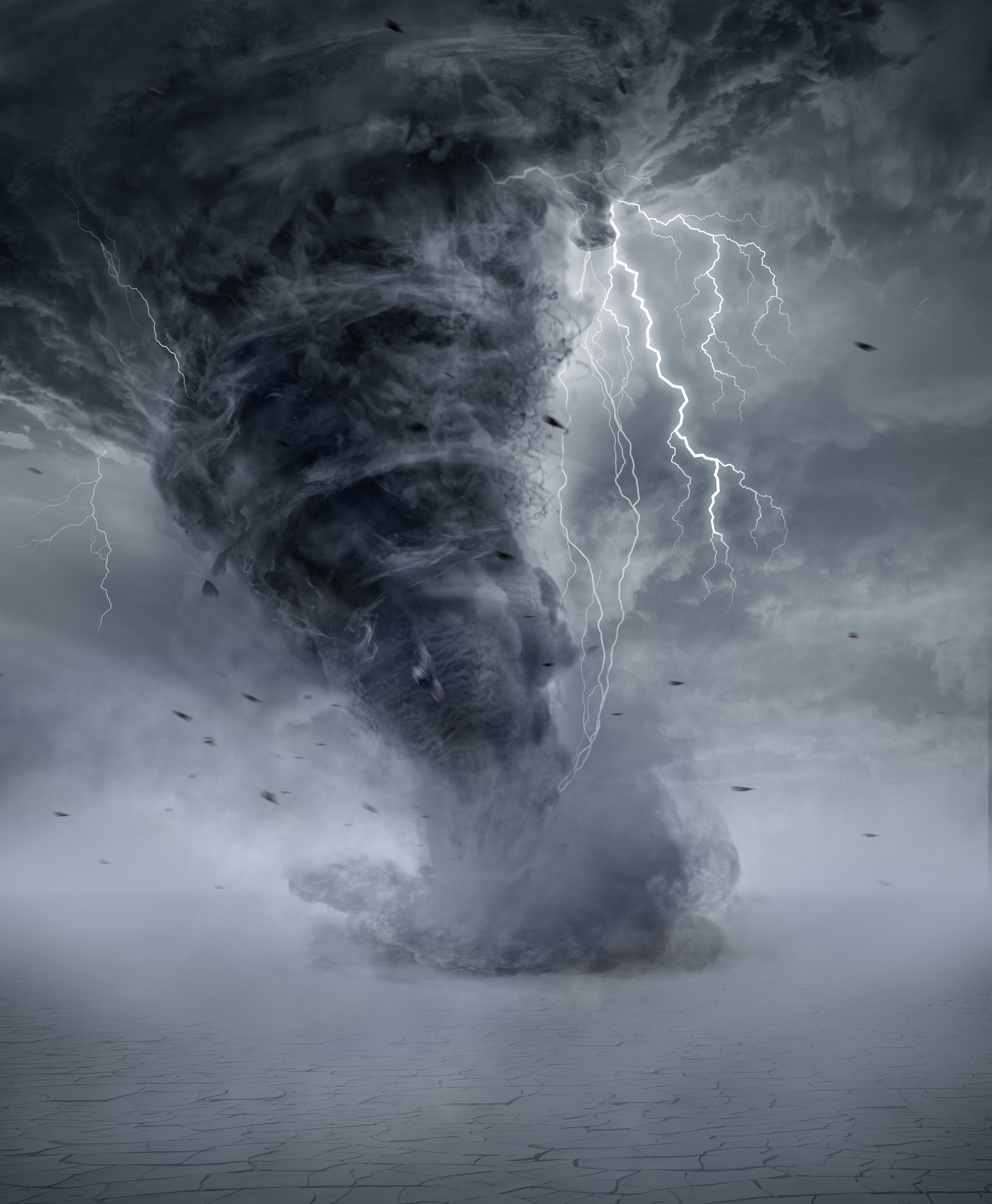May 22, 2011, marked a milestone for Joplin’s schools. It was graduation day for the Joplin High School Class of 2011, who, for the first time in decades, represented a graduation rate above 80%. It was a day of celebration for not only the graduates but for an entire community that had begun to wrap its arms around every student in our system. We were flipping the narrative and changing the culture that had defined Joplin Schools as having the worst on-time graduation rate in Missouri (62%)—an unacceptable outcome.
To overcome this challenge, we reviewed our internal policies and systems of support and made significant changes to reflect the culture of care we wanted to create for our students. We also worked hard to build a coalition of business, faith-based, and human service agency partners intent on going from “worst to first.” Together we created an organic, community-based solution to care for our kids called Bright Futures, which has since become a nationally recognized non-profit (BrightFuturesUSA.org). The synergy around our collective efforts was palatable. The work we were doing on behalf of students was changing academic and life outcomes for our kids every day. This made May 22, 2011, extra special, to say the least.
We started graduation ceremonies that Sunday afternoon promptly at 3 p.m. and, like clockwork, we finished the ceremony at 4:57 p.m. Shortly after the ceremony, I exited the stage and was approached by a local reporter asking for my thoughts on the day, the improvement of the graduation rate, and the community’s monumental work to support the effort.
EF5 Tornado Changed Everything That Day
Following the interview, I was exiting the gymnasium at Missouri Southern State University. As I opened the door that led to the parking lot, I could hear tornado sirens in the distance. My phone was ringing in my pocket. It was 5:17 p.m., and my mother-in-law was calling to let me know a tornado had been spotted not far away to my northwest in Carl Junction, Missouri. Instead of seeking shelter, I decided to go ahead and make the trip home. I lived south of where the tornado had been spotted, and understanding how tornados traveled, I thought I would be safe. I was wrong.
At 5:41 p.m., a massive EF5 tornado touched down in southwest Joplin and ripped through the heart of our community. I was one of tens of thousands who had the opportunity to experience an EF5 tornado up close and personal. Thirty-two minutes later, our community suffered devastating losses.
Eight thousand homes, 800 businesses, and 18,000 vehicles were damaged or destroyed. Our schools also took a heavy hit. Six schools were destroyed, including our 2,200-student high school, and four other buildings were damaged, including our central office.
However, the most significant loss, the loss that has taken the most significant emotional toll on all of us, was the loss of life. One hundred sixty-one of our friends and neighbors died that day. This included seven students and a staff member, one of whom was a senior to whom I had just handed a diploma an hour before.
There is not enough space in this article to share all the lessons learned from the disaster that is now known as the costliest tornado in U.S. history. It is hard to believe it has been more than 12 years since that horrific experience. There were so many things we did right that I am proud of, yet so many things I did wrong. Unfortunately, there are no Mulligan’s or do-overs as you lead through a complicated response and recovery. You make the best decisions for the right reasons and then move on.
CSC 2023 Keynote Covers What Joplin Schools Did Right… and Wrong
At this summer’s Campus Safety Conferences, I have the privilege of keynoting both events. The session is titled “If I Had a Dime…” For those of you who will be in attendance, it is a little about our disaster, a little about what we did right, and a lot about what I did wrong. Lessons learned the hard way, if you will.
[promo_content slug=”csc-2023-reg-now-open”]
For those of us who have been through a response and recovery effort, you will be able to relate to the primary message of my keynote. If I had a dime every time I said or heard someone else say, “You have to take care of yourself so you can take care of others,” I’m confident I could have rebuilt our entire community on loose change. But seldom do we practice what we preach.
“If I Had a Dime…” is a simple message about what I now refer to as “career-sustaining behaviors.” In my view, encouraging the hearts of community members during their darkest hour, articulating a clear vision for recovery, and role-modeling career-sustaining behaviors are a leader’s most critically important roles during a crisis. On this last point, I failed and failed miserably.
Learning How to Avoid Career Burnout Is Critical Post-COVID
When I “retired” as superintendent in 2015 at 45 years old, nothing was left of me physically, emotionally, spiritually, or mentally. I had taken my high school football coach’s advice. I had left it all “on the field.” But leaving everything on the field after four 12-minute quarters at 17 is very different from the fortitude it takes to lead a 24/7/365 disaster response and recovery effort over four years.
In a post-COVID era, this conversation is more critical now than ever. With reports nationwide of school leaders, educators, and support professionals leaving our education systems “in their prime” due to exhaustion and burnout, we must be strategic and intentional in our efforts to reverse this trend. Our children need our best and brightest to stay in the profession.
I hope my Campus Safety Conference message will encourage you as I share those lessons learned and give you practical strategies to keep you and others, our best and brightest, in the profession.
Dr. C.J. Huff is the retired superintendent of the Joplin, Missouri, School District.
Sponsored by:








